10 Tips to Create a Good Lettering Logo Design
Here are some inspiring tips you can easily follow to create a fantastic lettering logo design!

Created by Michael Moodie | https://dribbble.com/shots/14506746-Fucking-Brilliant
Creating a logo is very important. Designing them can be daunting, but they are essential to any business and are the cornerstone of any good branding or even personal branding. You will explain who you are and what you do, why you do it, and also how you do it. You'll include it in social posts, presentation decks, marketing materials, business cards, and more. That's a lot of heavy lifting for one small drawing, isn't it?
Your logo is an important part of promoting your business and building recognition of your target audience. In fact, research has found that logos are the “most recognizable brand identifier,” according to three-quarters of respondents. Additionally, half of the consumers reported that they are being more likely to purchase products and services from distinctive companies.

Created by Wells Collins | https://dribbble.com/shots/17269577-Milk-Street-Logotype-Concept
Designing a great logo can improve your ability to make a strong first impression. This is one of the first parts of a brand that potential customers encounter, so make sure it communicates your brand identity well. The logo you made must help differentiate your brand from the competition. Many other companies are looking for a place in your industry, so it's important to know how to stand out. This could mean taking some design liberties, including looking at different colors, patterns, fonts, and layouts. Failure to differentiate yourself runs the risk of customers ignoring your logo.
Logo design requires skill, experience, and knowledge, and you need to practice working with different brands that aim to communicate different messages. The basis of it all is design theory, the golden rule that designers must understand. If you are designing a new logo in 2022, think about how you want it to reflect your brand. Here are ten tips to create a good lettering design to help you engage your target audience:
10 Tips to Create a Good Lettering Logo Design
- Understand Your Audience
- Study The Brand Values
- Experiment With Sketches
- Create A Timeless Design
- Create Personality Using Typography
- Don't Use Too Much The Colors
- Create A Different & Memorable Design
- Use Blank Space Wisely
- Keep It Simple, Balance & Proportional
- Listen To Critical Feedback

Created by Wells Collins | https://dribbble.com/shots/18555402-Unused-Rad-Mural-Concept
1. Understand Your Audience
When designing a logo, clearly communicate what you offer to customers and the value they can expect from you. Failure to consider your audience may result in customers not relating to your logo or not understanding the message you want from them. Focus on getting to know your audience through market research, looking at your competitors, and interviewing clients. This insight can explain their thought process and why they are buying from you or not buying from you.
Some of the benefits of understanding your audience include:
- Find out which parts of your brand story relate to most effectively
- Know your emotions; want to get customers
- Find out what is the most important to them
Netflix is a clear example of knowing your audience. Netflix knows that customers are looking for a high-quality cinematic experience in the comfort of their own homes. Their simple red and black help accentuate the feeling of being in the theater and are reminiscent of theater seat upholstery.

Created by Wells Collins | https://dribbble.com/shots/18678191-Unused-Oaties-Logo-Concept
2. Study The Brand Values
Today's customers care about the authenticity and value of the brands they buy from. 86% of clients reported that credibility is an important factor when deciding which businesses to support. It gives you a great opportunity to show customers what you see as the most important aspect of your company.
Some of the advantages of incorporating your values into your logo include:
- Helping customers know what they support when buying from you
- Tell customers what is most important to you
- Attract the attention of customers who support similar values

Created by Val Waters | https://dribbble.com/shots/16687235-Birdcall-Merch-Dos
Not telling customers your values can damage your brand. Among younger shoppers, more than 80% prefer a company that aligns with their personal values. If you don't let people know what's important to you, you may lose them as a customer.
To effectively present your brand values, focus on expressing them clearly within your organization. You can then use market research to understand what issues are most important to your target demographic. Knowing how to incorporate these ideas into your brand story can help you start creating a good lettering design that best represents your image.

Created by Yevdokimov | https://dribbble.com/shots/15416607-Ulaunch-Logo-Sketches-Collection-for-Fitness-training-program
3. Experiment With Sketches
Whether you're an experienced letter-writer or a graphic designer who usually sticks to digital paintings, you can start sketching out your concept using old-fashioned paper and pencil. Without looking at your references, start developing different thumbnails. So you can explore some ideas to create a good lettering design.
This is your chance to experiment and learn about as many concepts as you can imagine. You can use 10-20 thumbnails to get a full view of all possible design solutions. A good way to start is to outline the letters first by writing the words. Then, as the experiment continues, make your image more subtle by adding thickness and decoration. You can turn your static designs into clickable prototypes.
When you feel more comfortable drawing, allow yourself to break the rules and steer clear of the strictest forms of typography. Mix uppercase and lowercase letters, connect your banners, play with different sizes, and most importantly, hope it helps!

Created by Mateusz Witczak | https://dribbble.com/shots/18377489-Custom-gothic-letter-A
4. Create A Timeless Design
“Brands are not logos. It is the emotional and collective space your organization has in the minds of your audience. A logo is just rhetoric on a bigger wheel and serves as the starting point for a bigger brand story and a richer brand experience.
There are several essential qualities of a good design:
- Authentic: The logo must be able to reflect the values of your company, product, or service. You are the brand, you are the source of originality, and the function of the logo is to be a platform to convey this quality to your audience.
- Simple: a great logo is an icon, timeless, and the center from which other elements of your brand are built.
- Relevant: It's not the logo that does all the hard work - it's the image, the idea, the color, the type, the expression of that logo, and the logo that becomes the association in your audience's mind.
- Memorable: All great logos are instantly recognizable and memorable.
- Scalable: The best is easily scalable, which means they look great regardless of size.

Created by Yevdokimov | https://dribbble.com/shots/18458284-Logo-Design-Branding-Print-Design-Lettering-Calligraphy
5. Create Personality Using Typography
Understand what typography means and how to use it to elicit emotional responses.
Serif: A serif font is an extended or decorative small font that follows the main stroke of a letter. In addition to decorative elements, serifs were created to improve the legibility of the letters. The psychology of this font is traditional, professional, elegant, powerful, and universal.
Sans Serif: Sans-serif fonts do not have the little drop feature called "serif" at the end of strokes. The psychology of this font is balanced, modern, clean, simple, and common.
Slab Serif: Slab Serif or Egyptian font is similar to sans serifs in their simplicity but includes a thin, square font at the end of each letter. The Psychology of this font: Authority, Heavy, Antiquity, Friendliness, and Americanism.

Created by Titus Smith | https://dribbble.com/shots/17127617-So-long-2021
Script: Script lettering, resembling cursive or calligraphy, is often created in precise strokes with a brush or the tip of a pen. The psychology of the line: classic, romantic, friendly, warm, and soft.
Blackletter: Blackletter's text features intricate strokes and strokes from bold to fine and sees long swirls rising from the diagonal serif. The psychology of lines: masculine, loud, historical, dramatic, and cool.
Sign Painter: It's similar to Script, but it needs to look like it was made with a paintbrush or brush pen to get the desired hand-drawn effect. The psychology of this font: vintage, artisan, artistic, fun, affordable.

Created by ForSureLetters | https://dribbble.com/shots/17622648-Monkota
6. Don't Use Too Much The Colors
Logo colors can make people feel some feelings and increase their recognition. For example, red usually conveys passion or encourages impulse buying, while purple is associated with creativity or royalty. Similarly, yellow is used to bring about joy, while blue conveys loyalty. In fact, one study found that using a signature color can increase brand recognition by up to 80%. Additionally, 76% of top brand designs use only one or two colors in their logos.
Check out the types of sentiment that help get a certain color on the color palette and see how you can incorporate it into your logo without using too much. Using a lot of colors can reduce the message you want to communicate and, in many cases, create a logo that is busier and harder for people to remember.

Created by Rise Wise | https://dribbble.com/shots/16997635-Ruse-Restaurant
Focus on showing some key feelings. Implement your brand story by creating an emotional connection to the story and image you tell
You can see an excellent example of a logo that uses a minimal amount of color in Coca-Cola. Although the color red was associated with the brand long before its official was created (barrels were painted red to distinguish them from drugstore alcohol), the red color in the logo is still used due to the feeling of passion aroused by customers. And its ability to attract purchases.

Created by Ilham Herry | https://dribbble.com/shots/17390357-Fairley-Font-Collection
7. Create A Different & Memorable Design
It is known that a third of customers report the logo is the first thing they notice about a product. When customers see your logo, it should stay in their minds and create a positive impression. A slogan that is difficult to remember will not achieve this goal. It also won't increase your brand's reach, as people won't associate with and brand the next time they see it. To start, consider the elements of the brand that you want to emphasize the most. You can then use focus groups to see which customers will be easiest to remember to create the perfect one.
Here are some benefits of a memorable logo:
- Help you build a good reputation because customers can relate to your products, services, and ads every time they come across them.
- Make it easy for you to make a good first impression because customers will remember what you produce.
- Help customers remember your business instantly as soon as they see your photo.
You come across an unforgettable logo every time you look at the Amazon logo. The minimalist design style and the subtle cues inside - including arrows pointing from the ground up, which indicate that a customer can buy anything - create an unforgettable image that people instantly recognize.

Created by Martin Schmetzer | https://dribbble.com/shots/16635810-Logotypes-vol-9
8. Use Blank Space Wisely
Free space is a term that refers to a certain amount of space that a logo must have on all sides, wherever it is used. The reason for the blank space is to ensure that the logo increases visibility and impact.
You want to make sure that people can read your logo from a distance, or when it is very small - keeping it "clean" (designers talk about "large free space") will achieve that. You can use empty space to evoke feelings of calm.

Created by Yevdokimov | https://dribbble.com/shots/18789163-Paul-Black-Lettering-Logo-Sketch-for-DJ-company-from-LA
Using a blank space in your design also helps when it comes to brochure design, poster design, T-shirt printing, and many other marketing collaterals. It's easy to incorporate your logo into different designs and formats.
Any good designer will tell you that one of the most common design mistakes is clutter. A cluttered design distracts your audience from everything in the design. Especially when it comes to logos, you want your brand to be recognized. Your logo is what connects customers and is the first element they will associate with your brand.

Created by Wells Collins | https://dribbble.com/shots/16678847-Movement-is-Medicine-Lettering
9. Keep It Simple, Balance & Proportional
The golden ratio can provide excellent guidance for designers who want to create an interesting image. This ratio is found not only in classical art, such as the Mona Lisa but also in nature, such as the indentation of some seashells.
Following the golden ratio can help you maintain the proportions of the various design elements so that none overpowers the other, and they all contribute positively to the final image. The proportions help ensure that parts of the image remain balanced. Failure to pay attention to proportions may result in the logo not appearing well. People naturally see things in more beautiful proportions and harmony, so stick to these same standards in your design to help make your impression.

Created by Laura Dillema | https://dribbble.com/shots/18100436-Sunday-Chill
To create a good lettering design that can be easily cloned in a variety of different formats, such as social media, business cards, and even on T-shirts. Pepsi is famous for using the golden ratio to guide the creation of circles in its logo. They are designed from several overlapping circles; each has a different size and all of those follow the golden ratio. This creates a logo that catches the eye and is famous for its beauty and impact on viewers.

Created by Laura Eden | https://dribbble.com/shots/17198207-Bloodlines-Logotype
10. Listen To Critical Feedback
When you receive a logo draft from a professional designer, make sure it accurately reflects your brand, and that customer will respond well to it. To achieve this, be prepared to do several rounds of revisions. Your review allows you to take the original idea and refine it to match what you want your brand to represent. Use the tweaks to play the latest display of your logo through the focus group. You can also incorporate A/B tests to help fine-tune the final details.
Doing reviews means that you:
- It can secure a logo that accurately represents you
- Can try to experiment with different design elements
- It can work directly with its target market to see what type best responds to it
For example, the Dunkin' Donuts logo underwent several revisions that shifted from a larger image to smaller words, a different interpretation of the coffee cup, and a different color choice before landing in the current version.

Created by Rise Wise | https://dribbble.com/shots/16992547-Mother-Plants
Final Words
The logo will reflect the voice and face of your brand. It has a lot of responsibility on your behalf, and therefore, you have a lot of responsibility to make her as smart as possible. The purpose of a logo is to perfectly represent your brand to the audience while at the same time distinguishing you from others out there. When someone sees, they should be able to determine two things: whether they want the product and whether they want to buy it from your company.
Choosing a typeface may require a lot of thought and effort, but if you pay attention to these rules, you can make the right choice. By following them, you can avoid common mistakes and instantly create a timeless and eye-catching logo. Whether it's your first logo or your hundred logos, and whether you're designing your own or working with a graphic designer, be sure to do so with design principles in mind. Once you have completed these steps to create a good lettering design, you can rest assured that you have the power to show it to the world. I've got this!

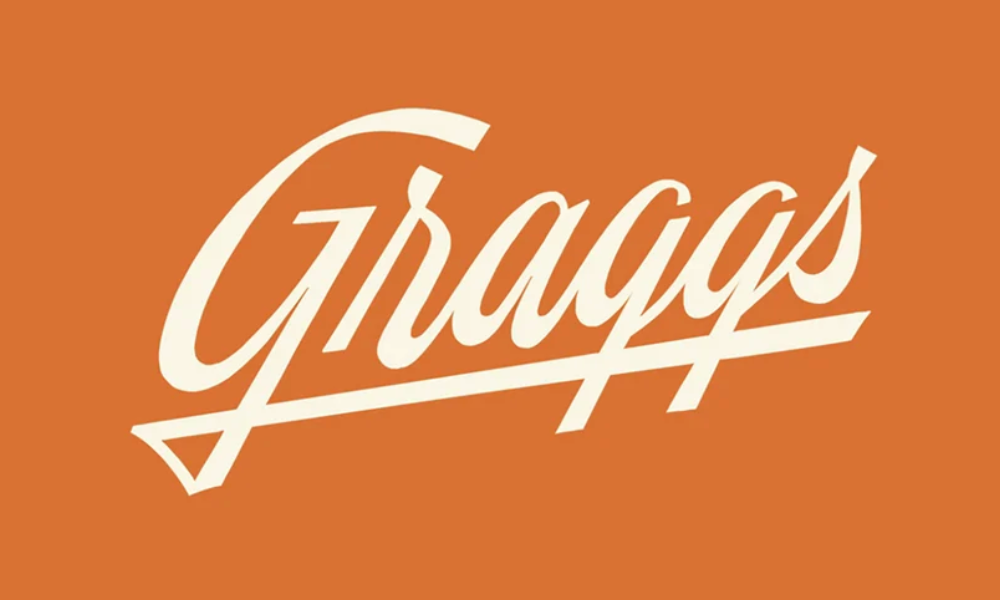
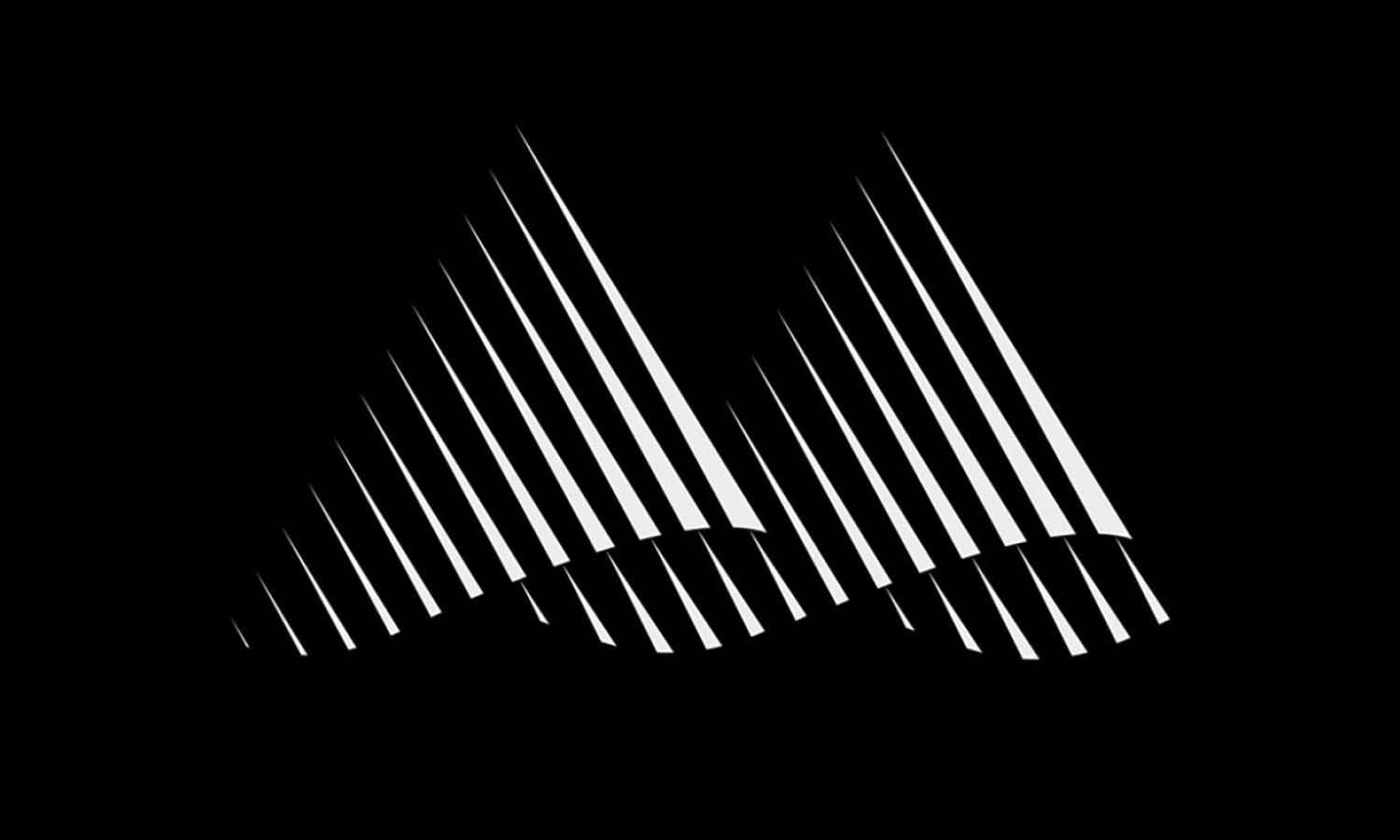
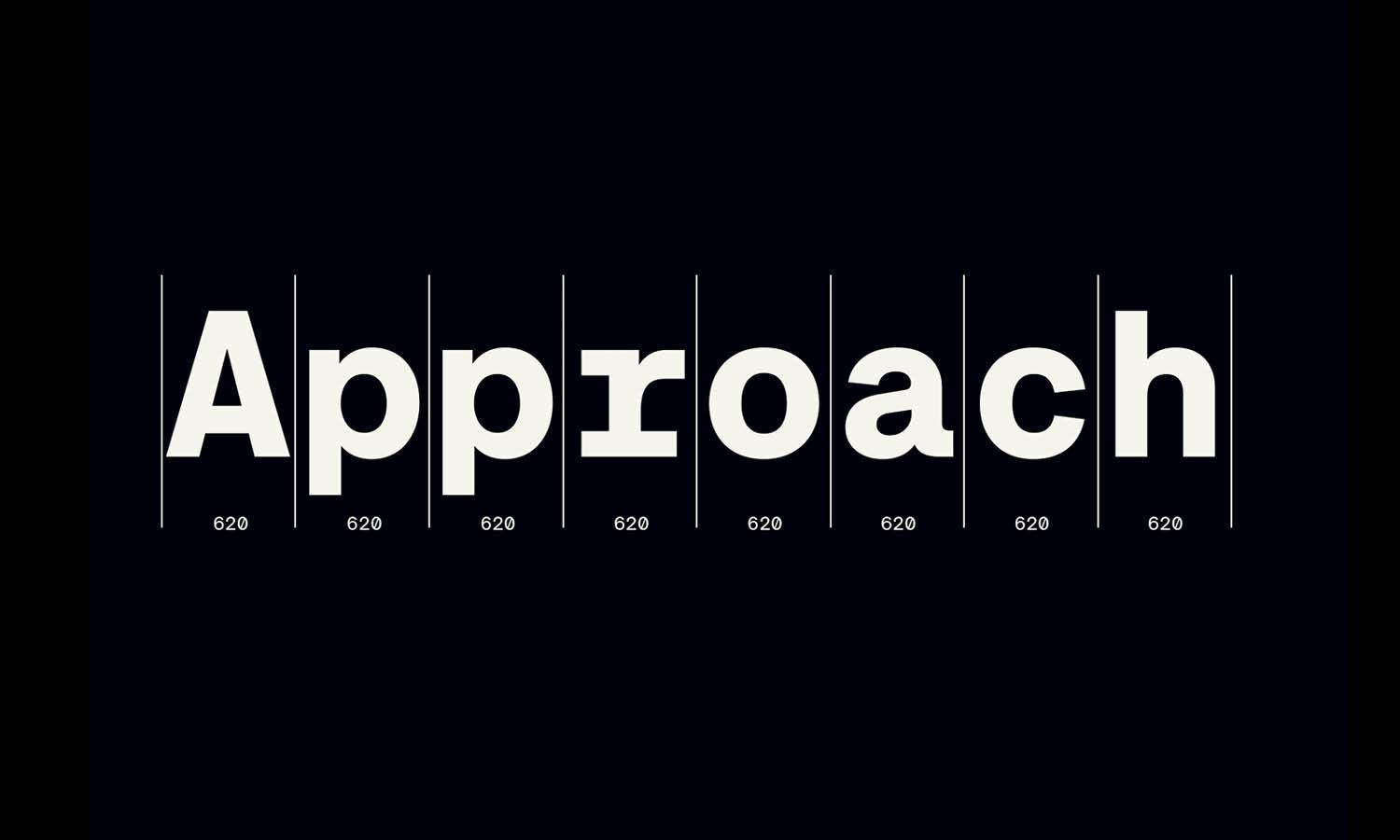
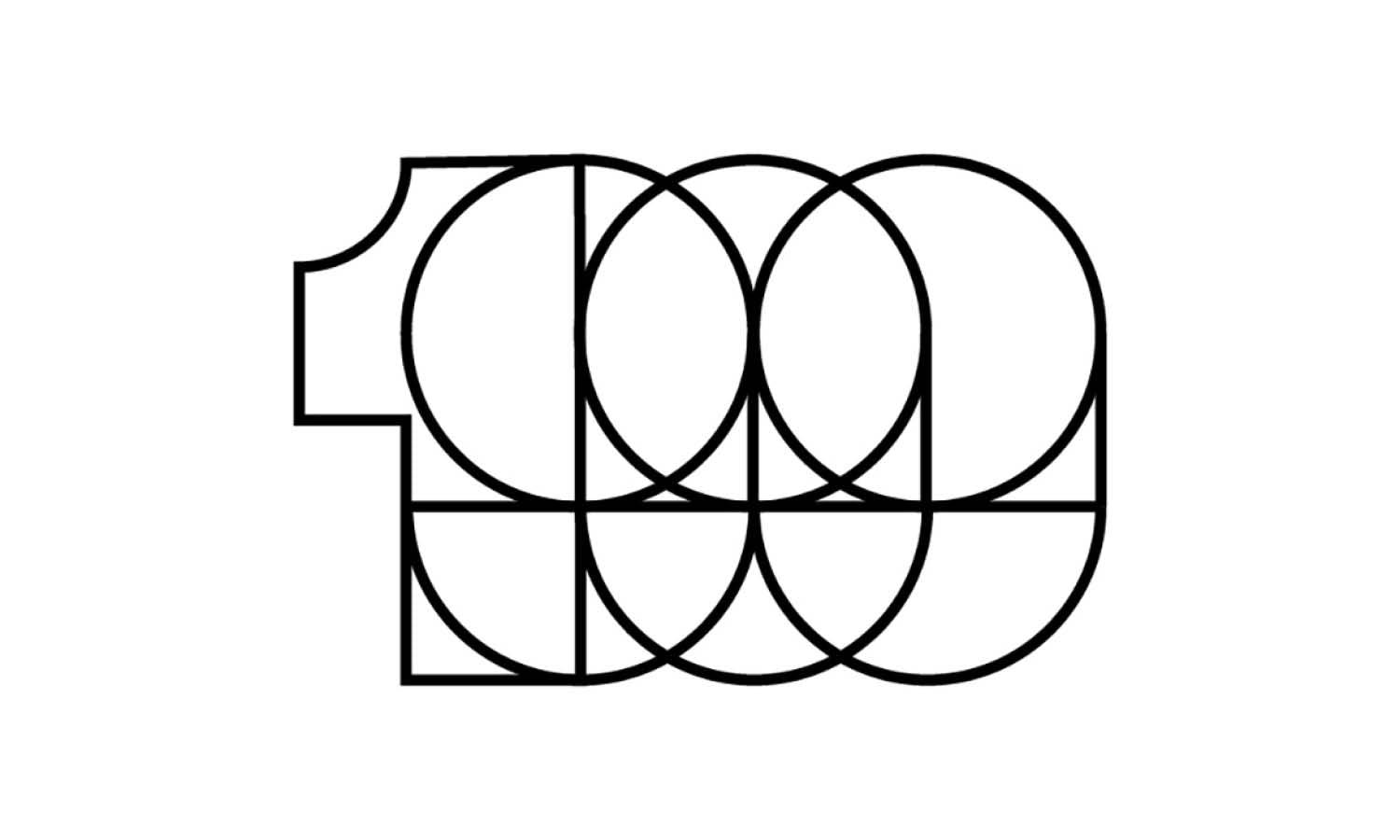
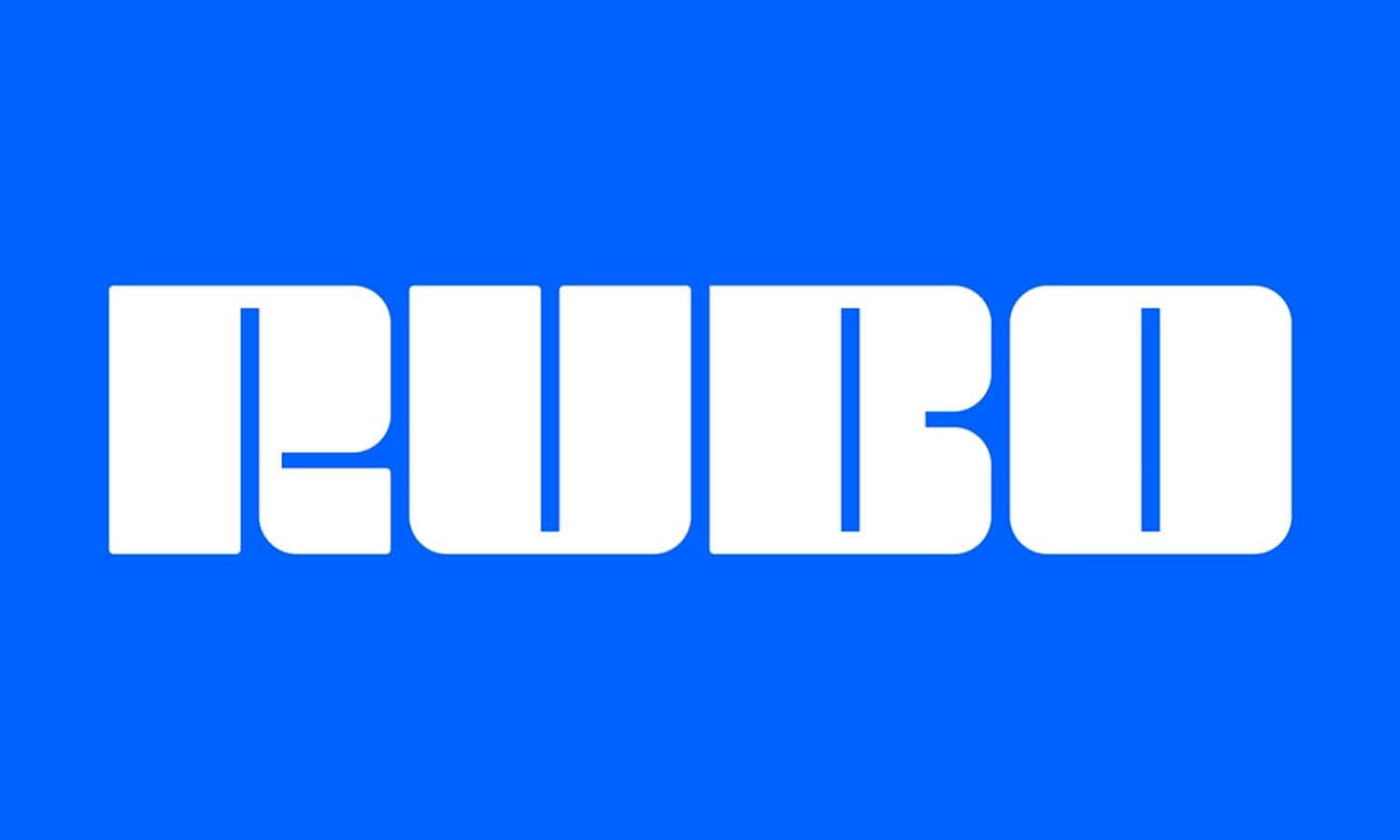
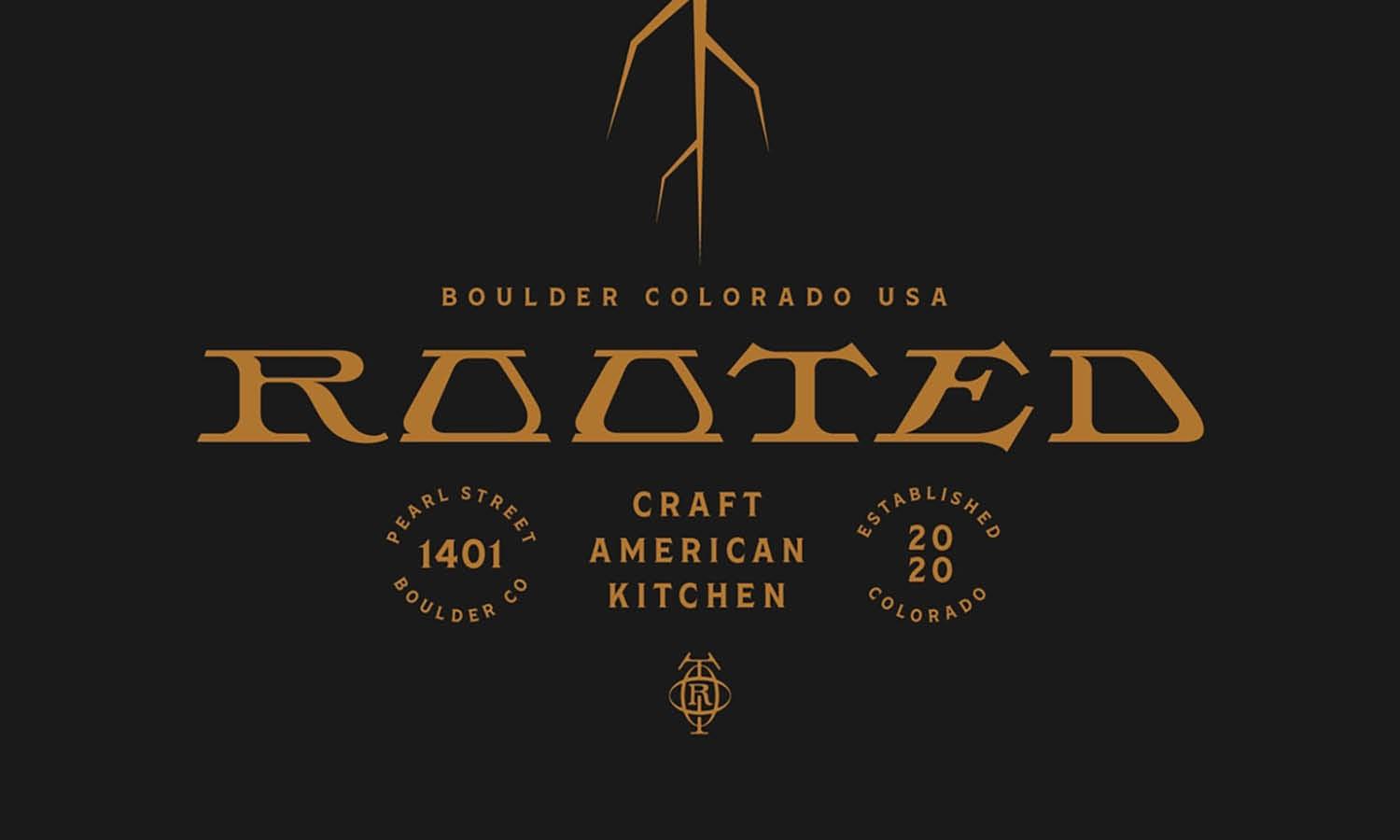
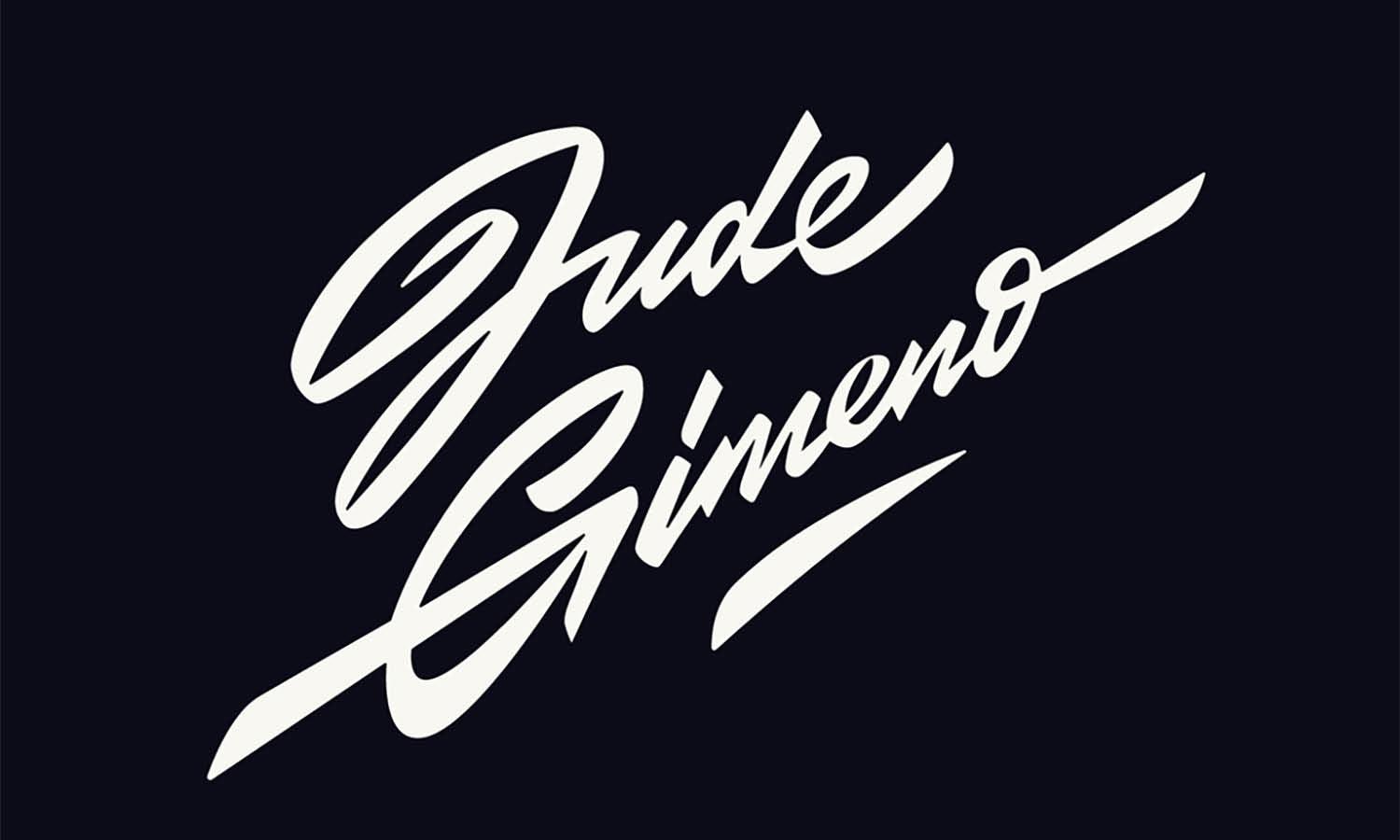








Leave a Comment